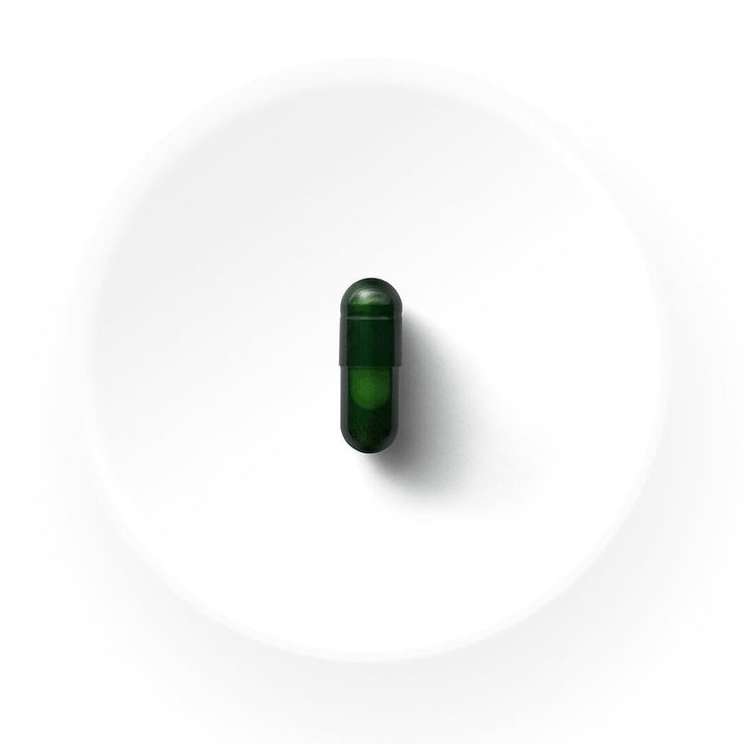
If this pandemic has taught us anything, it’s that health is worth everything to us these days. Keeping up with wellness, nutrition, probiotics and exercise are all ways in which we can make our bodies stronger. We know focusing on feeling our best starts from within. It’s a journey that we can take to keep ourselves calmer, create more energy, and ensure we treat our bodies with kindness. One of the first steps you can take with your overall health and wellness is with your gut. When your gut is feeling good, the possibilities are endless. In fact, over 2,500 years ago, the ancient Greek physician Hippocrates said that “all disease begins in the gut”. He wasn’t far off.
To keep ourselves in good shape, we need to make sure our gut is intact. The gut harbors bacteria, and it’s not all good. The ‘bad bacteria’ can throw off the body’s microbiome. That’s why probiotics and prebiotics are so important—these ‘good bacteria’ supplements that can support systemic benefits, not just gut health. We outlined the differences and similarities between pre-and-probiotics below. Keep reading for more on why they could be your gut’s new BFF below.
Prebiotics vs Probiotics:
What Are Probiotics?
You may have heard many explanations for what probiotics are and why you might need them. The Mayo Clinic classifies probiotics as being made up of good bacteria that help keep your body healthy and feeling well. The ways in which they help include fighting off bad bacteria if you ingest too much, but their main function is to keep your microbiome in check. This good, live bacteria balances the impact of bad bacteria. The microbiome exists within your body to keep you safe and protected from infections as well.
What Are Prebiotics?
Here’s where things get interesting and very cool (if you geek out on science like us). Prebiotics are like fertilizers in the way they work, according to the Mayo Clinic. They are plant fibers that stimulate the growth of healthy bacteria in your gut. You can find them in fruit, vegetables, and complex carbohydrates such as fiber and starch. They literally cannot be digested by your body, but they work as food for that good bacteria and the other microbes in your microbiome. When paired with probiotics, prebiotics serve as a protective shield against stomach acid and bile so the ‘good bacteria’ in the probiotic can make it to your colon. More on that below.
Why You Need Both?
Here’s the case for both: more good bacteria equals less of that bad bacteria getting in the way of your health. By having good bacteria in your system, bad bacteria don’t get a chance to grow and cause disease. The truth of the matter is: you need prebiotics for probiotics to work. Prebiotics are an incredible foundation to making sure your probiotics get where they need to go. When you do this, you are starting what is called “microbiome therapy”. Taking both in unison or in one supplement is called a synbiotic. According to Healthline, there is some research that “indicates that prebiotics and probiotics are effective for treating diarrhea, irritable bowel syndrome, allergic disorders, and even the common cold.”
What You Need to Know Before Taking a Synbiotic

If you decide to take a synbiotic, prepare for your body to get acclimated to it. When you start the new regimen, you might have gas, constipation, loose stool, or maybe even a loss of appetite. Additionally, you might have some bloating and acid reflux. This is all normal and starts at the beginning of your new routine. It should go away with time!
Why Seed’s Daily Synbiotic is the Best of Both Worlds
Seed’s Daily Synbiotic is one of our favorite ways to get both a prebiotic and a probiotic into our own microbiomes. With a 24-strain broad-spectrum probiotic and prebiotic blend that is formulated for digestion, gut health, and supporting your immune system. The insanely cool 2-in-1 ViaCap Delivery Technology shields against stomach acid, digestion enzymes, and bile salts so those live probiotics survive the journey through your small intestine and into your colon. Get the benefits of both a probiotic and prebiotic in one, easy-to-take, protective supplement that works in unison with your body on its digestion journey. We explain how they both work below:
- The Prebiotic Outer Capsule: Made from Indian pomegranate, the outer capsule serves as an elegant barrier to oxygen, moisture, and heat — no refrigeration necessary.
- The Probiotic Inner Capsule: Proprietary formulation comprised of clinically and scientifically-studied strains characterized at academic institutions and research partners in Italy, Spain, Belgium, the US, and Japan. It’s also not made of animal or soil origin.
Did we mention that Seed’s packaging arrives in a compostable biofilm? This shields your precious synbiotic against heat, light, and moisture. The Sustainable Refill System 2.0 is gentle on the Earth and good for it too. Ecological paper made from algae is used to house your Seed products so that no fragile marine ecosystems get disrupted or destroyed. It also comes with an incredible travel vial, so you never miss a dose, no matter where you are.
Get 15% off your first month’s supply of Seed’s Daily Synbiotic by using code “biancamay15” at checkout.

